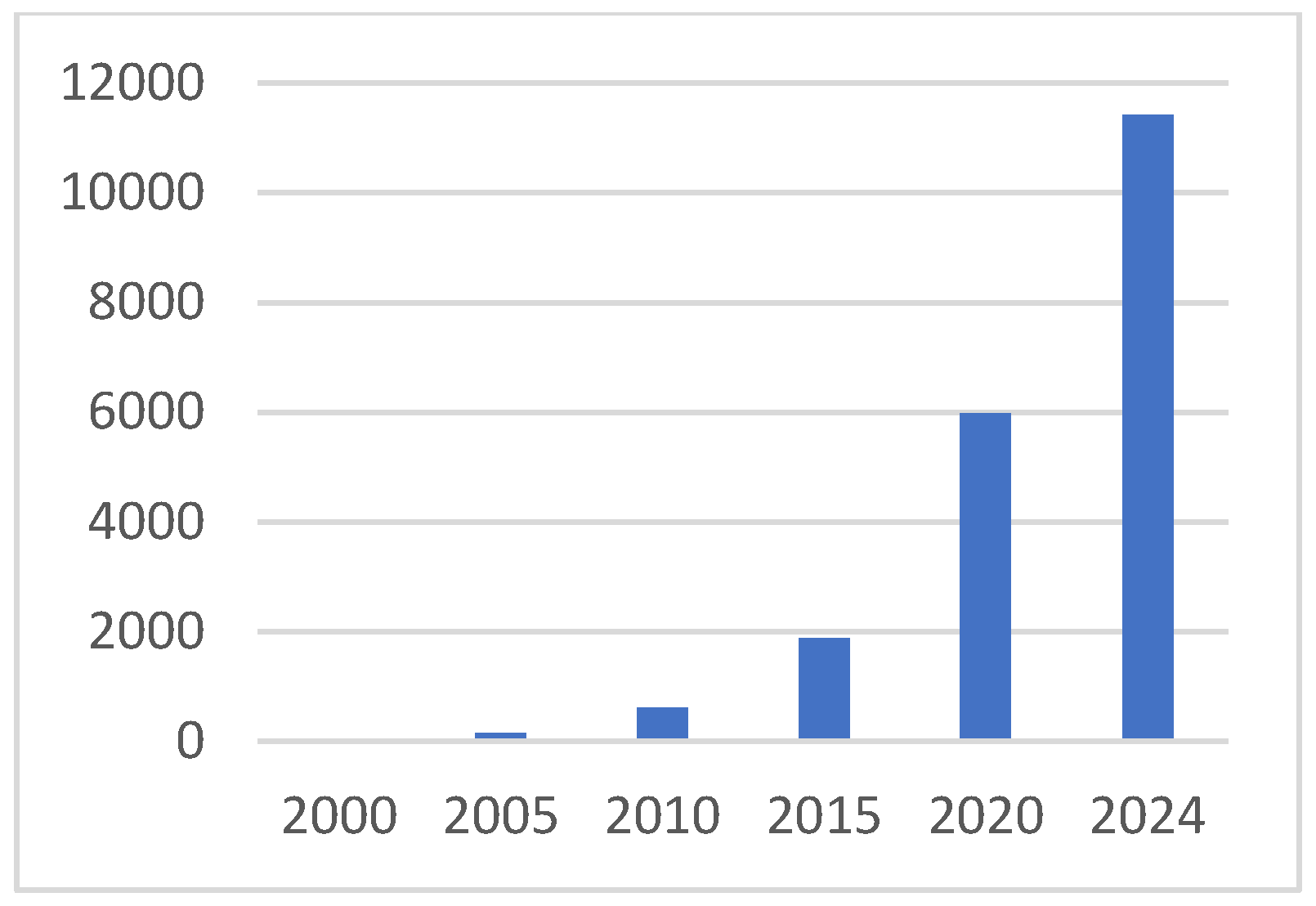Special Issue “Molecular Immunology of Solid Tumors, 2nd Edition”
Conflicts of Interest
List of Contributions
- Hargrove-Wiley, E.; Obodo, D.; Bindeman, W.; Fingleton, B. Elucidating Sex-Specific Immune Profiles in a Breast Cancer Model. Int. J. Mol. Sci. 2024, 25, 13113. https://doi.org/10.3390/ijms252313113.
- Barreno, L.; Sevane, N.; Valdivia, G.; Alonso-Miguel, D.; Suarez-Redondo, M.; Alonso-Diez, A.; Fiering, S.; Beiss, V.; Steinmetz, N.F.; Perez-Alenza, M.D.; et al. Transcriptomics of Canine Inflammatory Mammary Cancer Treated with Empty Cowpea Mosaic Virus Implicates Neutrophils in Anti-Tumor Immunity. Int. J. Mol. Sci. 2023, 24, 14034. https://doi.org/10.3390/ijms241814034.
- Pizarro, D.; Romero, I.; Pérez-Mies, B.; Redondo, A.; Caniego-Casas, T.; Carretero-Barrio, I.; Cristóbal, E.; Gutiérrez-Pecharromán, A.; Santaballa, A.; D’angelo, E.; et al. The Prognostic Significance of Tumor-Infiltrating Lymphocytes, PD-L1, BRCA Mutation Status and Tumor Mutational Burden in Early-Stage High-Grade Serous Ovarian Carcinoma—A Study by the Spanish Group for Ovarian Cancer Research (GEICO). Int. J. Mol. Sci. 2023, 24, 11183. https://doi.org/10.3390/ijms241311183.
- Milchram, L.; Kulovics, R.; Sonntagbauer, M.; Schönthaler, S.; Vierlinger, K.; Dorfer, C.; Cameron, C.; Saydam, O.; Weinhäusel, A. Antibody Profiling and In Silico Functional Analysis of Differentially Reactive Antibody Signatures of Glioblastomas and Meningiomas. Int. J. Mol. Sci. 2023, 24, 1411. https://doi.org/10.3390/ijms24021411.
- Mielcarska, S.; Kula, A.; Dawidowicz, M.; Waniczek, D.; Świętochowska, E. Prognostic Significance of B7H3 Expression in Solid Tumors: A Systematic Review and Meta-Analysis. Int. J. Mol. Sci. 2025, 26, 3044. https://doi.org/10.3390/ijms26073044.
- Mandal, S.K.; Yadav, P.; Sheth, R.A. The Neuroimmune Axis and Its Therapeutic Potential for Primary Liver Cancer. Int. J. Mol. Sci. 2024, 25, 6237. https://doi.org/10.3390/ijms25116237.


Disclaimer/Publisher’s Note: The statements, opinions and data contained in all publications are solely those of the individual author(s) and contributor(s) and not of MDPI and/or the editor(s). MDPI and/or the editor(s) disclaim responsibility for any injury to people or property resulting from any ideas, methods, instructions or products referred to in the content. |
© 2025 by the author. Licensee MDPI, Basel, Switzerland. This article is an open access article distributed under the terms and conditions of the Creative Commons Attribution (CC BY) license (https://creativecommons.org/licenses/by/4.0/).
Share and Cite
Fiering, S. Special Issue “Molecular Immunology of Solid Tumors, 2nd Edition”. Int. J. Mol. Sci. 2025, 26, 7329. https://doi.org/10.3390/ijms26157329
Fiering S. Special Issue “Molecular Immunology of Solid Tumors, 2nd Edition”. International Journal of Molecular Sciences. 2025; 26(15):7329. https://doi.org/10.3390/ijms26157329
Chicago/Turabian StyleFiering, Steven. 2025. "Special Issue “Molecular Immunology of Solid Tumors, 2nd Edition”" International Journal of Molecular Sciences 26, no. 15: 7329. https://doi.org/10.3390/ijms26157329
APA StyleFiering, S. (2025). Special Issue “Molecular Immunology of Solid Tumors, 2nd Edition”. International Journal of Molecular Sciences, 26(15), 7329. https://doi.org/10.3390/ijms26157329




